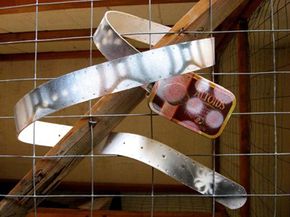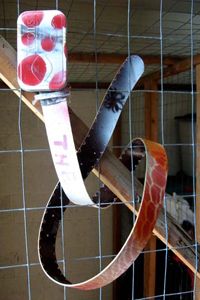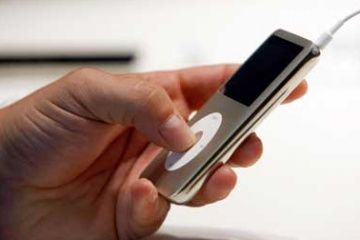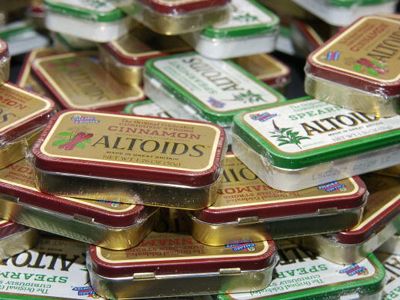Long before the green movement took its current hold over developed society, Washington, D.C.-based artist Lord Kelvin was leading an eco-friendly life. His lifestyle wasn't so much a function of environmental consciousness as it was a reflection of a simple belief -- that one man's waste was another man's art.
During the mid-1990s in Brooklyn, New York, Kelvin took his first steps toward tinnovation -- finding new uses for old Altoids tins. He saw an old piece of furniture and rescued it for a new life in his apartment. His newfound freegan lifestyle agreed with him. Soon his home was outfitted with stuff other people no longer wanted and his friends caught on fairly quickly. He became the guy who people called when they saw an interesting chair or an old television sitting alongside garbage cans. "In a way I started to change people's perceptions of trash," Kelvin said in an interview with HowStuffWorks.com [source: Lord Kelvin].
Advertisement
Before long, Kelvin's apartment was fully furnished, though his enthusiasm for found objects was far from extinguished. So he turned his attention to creating art with scraps he found on the street. His first piece was an old television set that he gutted and replaced with a fish tank. He filled the tank with Coney Island sand and affixed an "Exit" sign to its top. He calls it the world's largest ashtray.
A single object can have more than its originally intended use. With that simple epiphany, Lord Kelvin became an accidental tinnovator. He was already familiar with Altoids mints, but while out at a party, he noticed the host used an old Altoids tin to store other things.
Rather than sitting idly atop a coffee table, Kelvin decided that a better use for a used Altoids tin would as a portable utility box. Of course, what's more portable than a belt?
Advertisement



